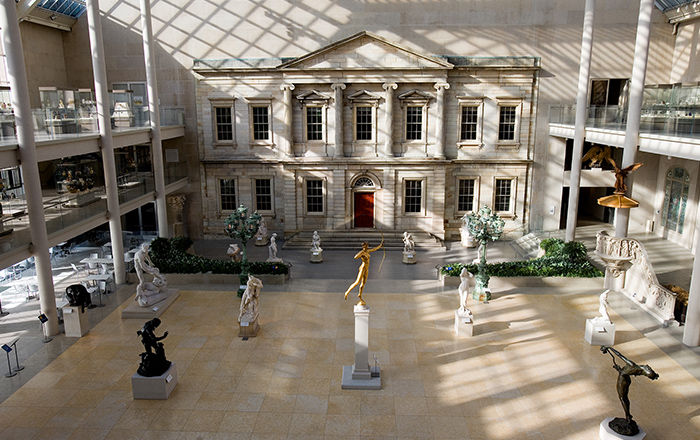Annie Peck Smith (1850–1935)
Mary Sully Native American
Mary Sully, born Susan Deloria on the Standing Rock Reservation in South Dakota, was a little-known, reclusive Yankton Dakota artist who, between the 1920s and the 1940s, created groundbreaking works informed by her Native American and settler ancestry. Working without patronage, in near obscurity, and largely self-taught, Sully produced some two hundred intricately designed and vividly colored drawings that complicate traditional notions of Native American and modern art. They mix meaningful aspects of her Dakota heritage with visual elements observed from other Native nations and the aesthetics of urban life. Euro-American celebrities from popular culture, politics, and religion inspired some of her most striking works, which she called “personality prints”—abstract portraits arranged as vertical triptychs. Together, Sully’s works offer a fresh, complex lens through which to consider American art and life in the early twentieth century.
Sully’s imaginative portrayal celebrates Annie Peck Smith’s reputation as a record-setting mountain climber and a feminist. In addition to reaching the highest altitude in the Americas, Peck played a prominent role in the women’s suffrage movement. Her climb of Mount Huascaran proved to be a Western Hemisphere record, and she was honored with medals from the Peruvian government and the Lima Geographical Society. The composition references Peck’s achievement in the top panel of scaled-mountain imagery, while the repeating decorative motif of the middle and bottom panels alludes to design work by Native women.
